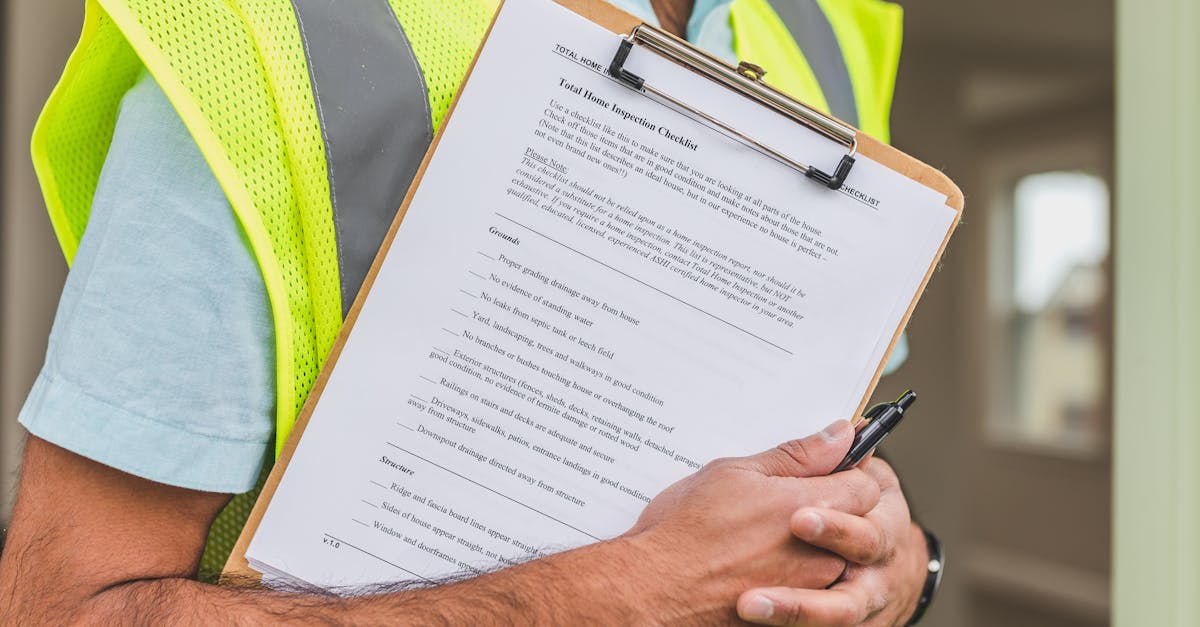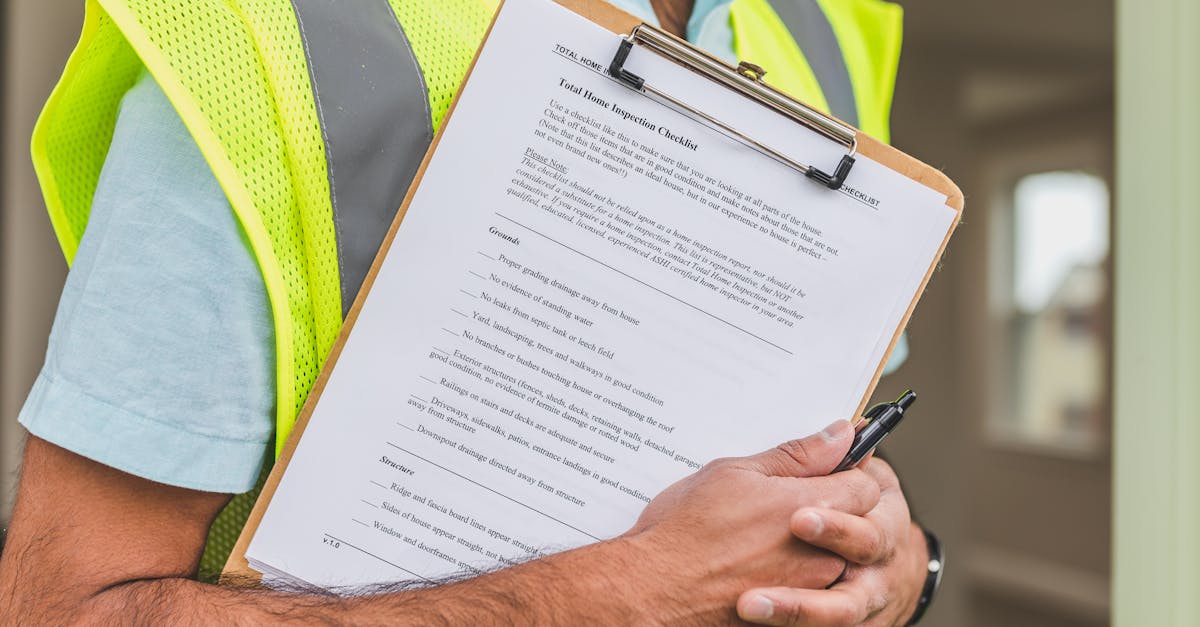Imagine walking into your home and having it respond to your every whim, like a loyal butler who never forgets your coffee order. Home assistant integration is the magic wand that transforms an ordinary house into a smart sanctuary. With the right setup, he can control everything from lighting to temperature, all while you kick back and binge-watch your favorite show—no more getting up to adjust the thermostat!
Table of Contents
ToggleOverview of Home Assistant Integration
Home assistant integration enables seamless connectivity among smart devices in a household. It simplifies controlling lighting, temperature, security, and entertainment systems from one platform. Using a central interface, users can automate tasks and enhance daily routines.
Smart home ecosystems include various technologies such as Wi-Fi, Zigbee, and Z-Wave, making it easier to link multiple devices. Integration supports diverse brands, providing compatibility across different products. Each device communicates effectively, allowing for coordinated actions.
One popular example of home assistant integration is Amazon Alexa. Alexa connects with numerous smart devices, enabling voice commands for various tasks. Google Assistant functions similarly, offering voice interaction and control for smart products.
Integrating home assistants enhances convenience. Schedule lights to dim at specific times or adjust the thermostat based on occupancy. Such automation minimizes energy usage and promotes efficiency.
Security remains a top priority for homeowners. Integration allows monitoring through smart cameras and alerts for unusual activities. Homeowners can manage security settings remotely, ensuring peace of mind, even when away.
Home assistant integration fosters customization. Users can create scenes to suit specific occasions, adjusting multiple devices simultaneously. For evening gatherings, dimming lights and playing music can create a welcoming atmosphere.
Overall, home assistant integration transforms how individuals interact with their living spaces. By leveraging technology, households benefit from enhanced functionality and streamlined management, creating a more connected and comfortable environment.
Benefits of Home Assistant Integration
Home assistant integration brings numerous advantages, transforming daily living experiences. It streamlines home management, allowing users to enjoy enhanced control and convenience.
Enhanced Automation
Automation plays a pivotal role in home assistant integration. Users can schedule tasks, such as turning lights on at sunset or adjusting thermostats when leaving home. This flexibility creates a seamless living experience. Smart devices can work together, coordinating actions based on specific triggers. For example, when someone enters a room, the lighting can automatically adjust to a preferred setting. Routine tasks become effortless, letting individuals focus on more important activities. Customized scenes for different occasions offer even more personalization. Home automation not only adds convenience but also elevates the quality of life.
Improved Energy Efficiency
Improved energy efficiency represents a significant benefit of home assistant integration. Smart thermostats adjust temperatures based on occupancy patterns, reducing unnecessary energy consumption. Lighting systems can utilize motion sensors, ensuring illumination only when needed. This reduction in energy use can lead to substantial savings on utility bills. By monitoring real-time energy usage, homeowners gain insights into their consumption habits. With this information, they can make informed decisions that promote sustainability. Overall, these energy-efficient solutions contribute to both environmental conservation and financial savings.
Popular Devices for Home Assistant Integration
Home assistant integration supports various smart devices, enhancing home management and convenience. Here’s a look at some popular categories.
Smart Lights
Smart lights stand out for their ease of control and energy efficiency. Users can adjust brightness and colors through voice commands or mobile apps. Popular brands include Philips Hue and LIFX, both of which offer compatibility with various home assistant platforms. Programmable schedules allow users to automate lighting based on daily routines or special occasions. With motion sensors, lights turn on when someone enters a room, ensuring convenience and security.
Thermostats
Smart thermostats provide significant energy savings and improve comfort. Nest and Ecobee lead the market with features for learning user preferences and adjusting temperatures automatically. Users can control settings remotely via an app, ensuring homes remain comfortable without wasting energy. Integration with home assistant systems allows for scheduling based on occupancy patterns. Notifications about energy usage help homeowners make informed decisions.
Security Cameras
Security cameras enhance home safety by providing real-time monitoring. Brands like Arlo and Ring offer high-definition video and integration with other smart devices. Homeowners receive alerts on their smartphones if movement is detected or if unusual activity occurs. Users can view live feeds remotely and interact with visitors through two-way audio. Integration with other security features, such as alarms or smart locks, increases overall awareness and protection.
Setting Up Home Assistant Integration
Setting up home assistant integration involves several essential tools and a straightforward installation process to enhance a smart home experience.
Required Tools and Equipment
First, users need a hub compatible with home assistant software. Examples include a Raspberry Pi or a dedicated server. Next, reliable internet access is crucial for smooth operation. Furthermore, various smart devices such as smart lights and thermostats are necessary for effective integration. Lastly, familiarity with the Home Assistant interface aids in successful setup and management.
Step-by-Step Installation Guide
Begin by downloading the Home Assistant software. After obtaining the software, users should install it on their chosen hub. Next, connect the hub to the home network using an Ethernet cable or Wi-Fi. Following this, users can access the Home Assistant interface through a web browser. Then, add devices by navigating to the “Integrations” section and selecting compatible products. Finally, customize settings and create automation scenarios to maximize the smart home efficiency.
Common Challenges and Troubleshooting
Integrating home assistants often presents some challenges. Connectivity issues frequently arise, particularly with devices that rely on different communication protocols like Zigbee or Z-Wave. Ensure that all devices are compatible with the chosen home assistant platform.
Users may also encounter problems when setting up new devices. Missing firmware updates can hinder integration, so keeping devices updated proves vital for seamless functionality. Checking the manufacturer’s website for updates before installation helps mitigate these issues.
Network reliability is crucial for smooth operation. Internet outages can disrupt connectivity, leaving users unable to control their smart devices remotely. A strong, stable Wi-Fi signal in all areas of the home supports better performance.
Occasionally, voice recognition fails to respond correctly. Background noise or unclear commands can affect performance, making it beneficial to speak clearly and minimize distractions. Training voice assistants to recognize specific commands improves accuracy over time.
Automation routines might not execute as planned. Time-based triggers may not activate if the device is offline. Testing automation settings ensures that routines function correctly under all circumstances.
Lastly, troubleshooting requires a systematic approach. Restarting devices can resolve many common problems. If issues persist, consulting forums or the home assistant’s official documentation provides further insights and solutions.
Home assistant integration significantly enhances modern living by creating a cohesive and efficient smart home environment. With the ability to control multiple devices through a single platform users can enjoy unparalleled convenience and comfort. The automation capabilities not only simplify daily tasks but also promote energy efficiency and security.
As technology continues to evolve the possibilities for home assistant integration will expand further. Embracing this innovation can lead to a more connected lifestyle where managing home environments becomes effortless and enjoyable. Whether it’s adjusting the thermostat or monitoring security cameras the benefits of integrating smart devices are undeniable.





